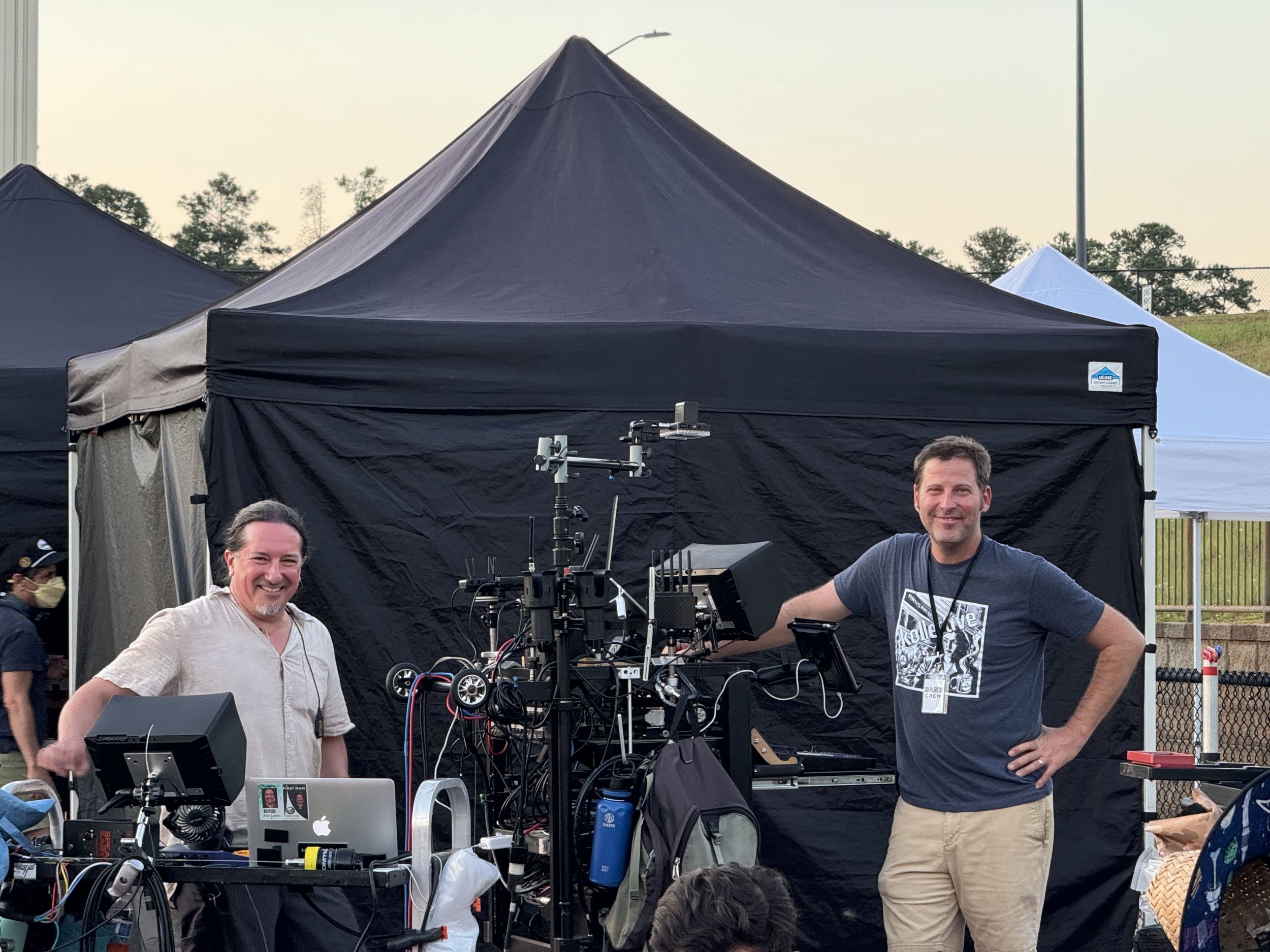3 Steps To Successful Playback
The cast is wired, the scene is lit and first team is on the way to set! The director shouts “hey can we get a little music on the top of this!” Then the 1st AD walks over to your cart and shows you their iPhone screen with the artwork of some obscure artist/song while peering at you with hungry eyes to get these cameras rolling. And there’s no doubt in the directors mind that the sound team has it covered. These kinds of requests happen all the time and we certainly want to do our utmost to accommodate. After all, these directors are simply trying to get the best performance out of the actors and it’s our job to help support that goal as the sound mixer on set. And some of you may be thinking, they need to communicate that stuff in advance so we can be prepared. I whole heartedly agree, but that’s not the world we live in. Music playback is so much more accessible these days that everyone seems to be taking it for granted. So with that in mind, I have a system that I utilize that helps me get a more peaceful nights sleep. And I’ll share with you a three step method that can be utilized from any mixer bag or sound cart for most any scenario on a film set.
Just plain old Bluetooth
The first set up is when you get absolutely no notice and first team is on the way to set! For this set up we’re basically going to go from a mobile device to a bluetooth speaker. On the carts I keep a fully charged iPhone and a prosumer bluetooth speaker of some sort of variety. For these very last minute no notice requests this is my standard go to rig. The app I typically use is Apple Music, if for some reason it’s not available my next step is Youtube. Both apps will allow you to download the tracks so once you get a connection you just need to download. You’ll just want to be sure you have the ad free version of Youtube and the paid version of Apple Music. I’ll typically hand off my playback device aka iPhone/ iPad to the sound utility so they can do playback close to set within bluetooth range. Also I’ve got a few bluetooth speaker options in case we need to cover a larger set, such as a Speak Easy V4 or a 12” EV battery powered speaker.
2. 411a Tied on to a Speak Easy
Lectrosonics 411a/Remote Audio Speak Easy V3
Let’s say we get a little bit of notice such as in between scenes or while they are completing the first big lighting set up. At this point I’ll deploy something a bit more flexible that gives us better wireless range and a more robust RF connection. This will also allow playback to be triggered from the cart allowing the sound utility to be available for other tasks such as second boom. So this time I’m going to strap my trusty Lectro 411a to my speak easy and I’m going to send a wireless hop to it from my cart. One advantage to the Speak Easy is it has excellent output volume for its size and hides very easily. Once again, if I need something bigger I’ll use my 12” battery powered EV which will cover most large sets as long as it’s not something the size of a stadium. On my cart end, I’ll typically playback from either an iPad or Laptop using the same applications mentioned before and send that signal out of an analog output to a Lectro SMQV. If I need to get really accurate with cue points, I’ll utilize Pro Tools via Dante DVS which turns any of my mixer/recorders into an audio interface with access to more I/O. This allows me to create submixes for discreet in ear feeds that can accommodate more complex workflows.
3. Simply get a playback operator
Music playback Alex Lowe & Sound Mixer Michael Wynne CAS on Amazon Pilot
The third scenario is when we need to deploy more advanced workflows that will require ear wigs, large coverage areas, thump tracks, or cued playback with sync sound. It’s at this point that we’ll want to bring in a music playback operator. The key here is going to be advance planning and communication. It all starts with the script, which I’ll mark up with any notes surrounding any possible music cues. Next I can start communicating by asking the right questions to the producers, director or AD’s in regards to anticipating what the needs will be for those scenes. Depending upon your production structure this process may vary, but the principles of prep & communication remain the same. Be weary of taking on too much such as taking on complex playback while also mixing on set, because a breakdown could hurt your career. It’s all about meeting producers in the middle of the road and being practical with your requests. Even if something seems easy like atmosphere at the top, when I have a high cast count, page count, or something that’s high pressure I need my team fully focused on clean capture and it’s very helpful to have someone dedicated to the task.

